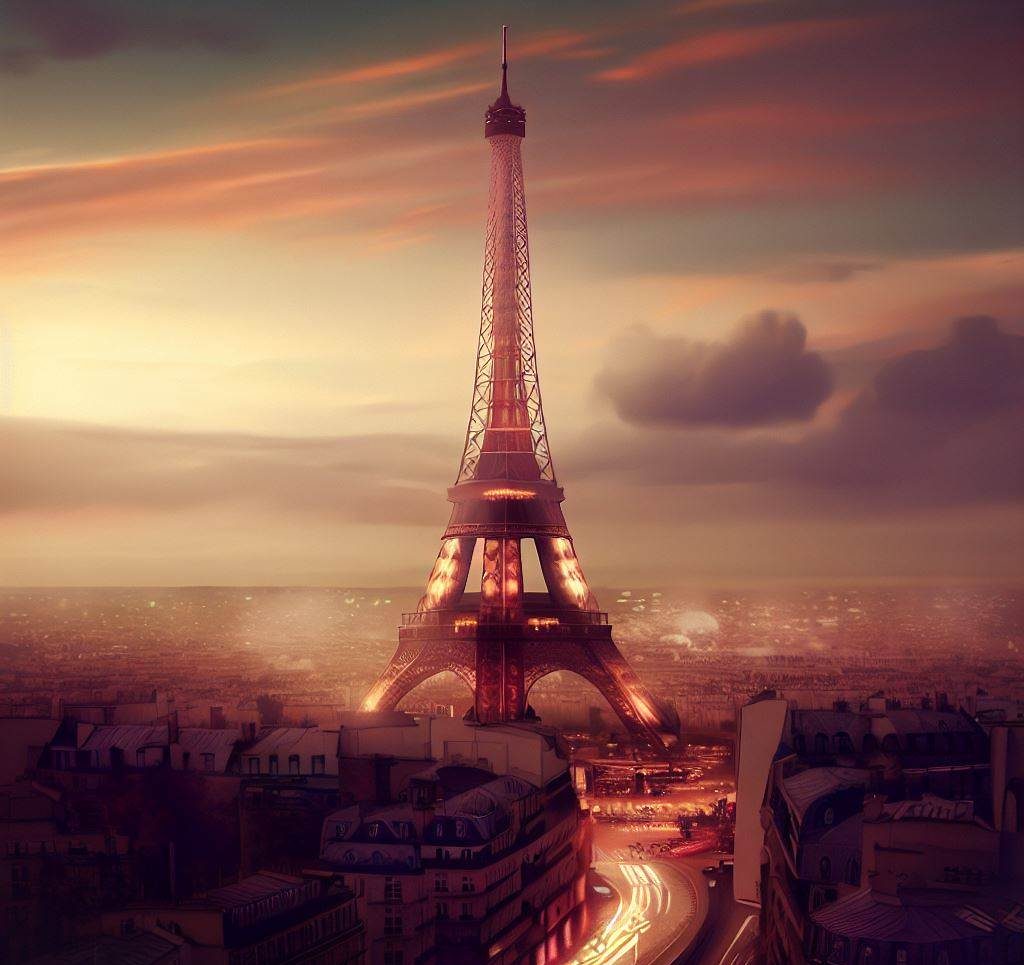
Contents
- 1 Introduction
- 2 The Eiffel Tower (The Iron Lady)
- 3 France’s National Art Gallery and Museum
- 4 Fashion Capital of the World
- 5 The City of Love
- 6 Relive Belle-Epoque Era in All Its Glory
- 7 Home to the Mona Lisa
- 8 The Most Visited Theme Park in Europe
- 9 Birthplace of Decadent Desserts and Dreamy Patisserie
- 10 Palace of Versailles, a Great Achievement in 17th Century Art
- 11 Paris’ Luxurious and Eclectic Shopping Scene
- 12 Paris’ Intangible Culinary Heritage
- 13 Art Lovers’ Paradise
- 14 The Epicenter of the French Capital
- 15 The City of Light
- 16 Paris’ Most Representative Visual Features
- 17 Paris’ Enduring Café Culture
- 18 World-Renowned Commemorative Monument
- 19 World’s Most Beautiful Avenue
- 20 The Most Famous Gothic Cathedral
- 21 Conclusion:
Introduction
Nestled along the tranquil banks of the Seine River, Paris emerges as a city that needs no introduction. Revered as the epitome of romance, sophistication, and cultural opulence, Paris stands as a beacon of allure that captivates hearts and ignites imaginations. Renowned as the “City of Light,” its cobblestone streets and iconic landmarks illuminate the world with a timeless radiance.
If you’re fascinated by landmarks and wish to explore more, you’ll find equally enchanting sites beyond Paris, including the remarkable Landmarks in Oklahoma that showcase the rich tapestry of history and culture found in this diverse state. Discover the unique charm of Oklahoma’s landmarks and learn more about what this state is known for on the Tales of Travelers website.
Paris is not merely a destination; it’s an emotion, a sensory symphony that evokes feelings of wonder and admiration. With each step, the city weaves a narrative of history, art, and culinary mastery. From the resplendent Eiffel Tower, an emblem of architectural ingenuity, to the hallowed halls of the Louvre, a repository of human creativity, Paris showcases the grandeur of human achievement.
The Eiffel Tower (The Iron Lady)
The Eiffel Tower, a resplendent masterpiece of architectural ingenuity, reigns as one of the most iconic and recognized landmarks on the global stage. Affectionately dubbed “The Iron Lady,” this towering structure is a living testament to the elegance and innovation that define Paris’ spirit.
Crafted by engineer Gustave Eiffel, the tower was initially met with mixed reactions when it debuted as the centerpiece of the 1889 World’s Fair. Yet, over time, it became an enduring symbol of France’s artistic prowess and engineering brilliance, much like “The essence of Romania” embodies the rich tapestry of a nation’s history and culture. Rising to an impressive height of 324 meters (1,063 feet), it held the title of the world’s tallest man-made structure for decades. If you’re curious to explore the essence of Romania, I invite you to delve deeper into its story on TalesofTravelers.com’s page, “”The essence of Romania.””
France’s National Art Gallery and Museum
The Louvre, located in the heart of Paris, is a true marvel that pays tribute to human ingenuity and cultural legacy. As one of the globe’s foremost art galleries and museums, it has garnered international acclaim. Within its hallowed halls, you’ll find a mesmerizing array of artworks spanning centuries and encompassing various genres.
If you’re a traveler with a taste for culture and heritage, exploring the Louvre is an absolute must. Discover more about the world’s artistic treasures and their connections to cultural exploration in Vermont’s culinary delights on the Tales of Travelers website.
Originally a royal palace, the Louvre’s transformation into a cultural treasure trove was initiated during the French Revolution. Today, its vast halls and galleries are home to over 380,000 objects, ranging from priceless paintings to ancient artifacts. The museum’s diverse collection offers an immersive journey through civilizations, aesthetics, and artistic expressions from around the world.
Fashion Capital of the World
Paris, often hailed as the “Fashion Capital of the World,” stands as a pulsating epicenter of style, innovation, and haute couture. With a rich legacy dating back centuries, the city has earned its reputation as the ultimate destination for fashion aficionados, designers, and trendsetters.
Home to iconic fashion houses like Chanel, Dior, and Louis Vuitton, Paris is the birthplace of fashion revolutions that have transcended borders and defined eras. The city’s streets are runways in their own right, where every passerby becomes a canvas for self-expression. The blend of classic elegance and contemporary audacity infuses the air with an electric flair that sets trends worldwide.
The City of Love
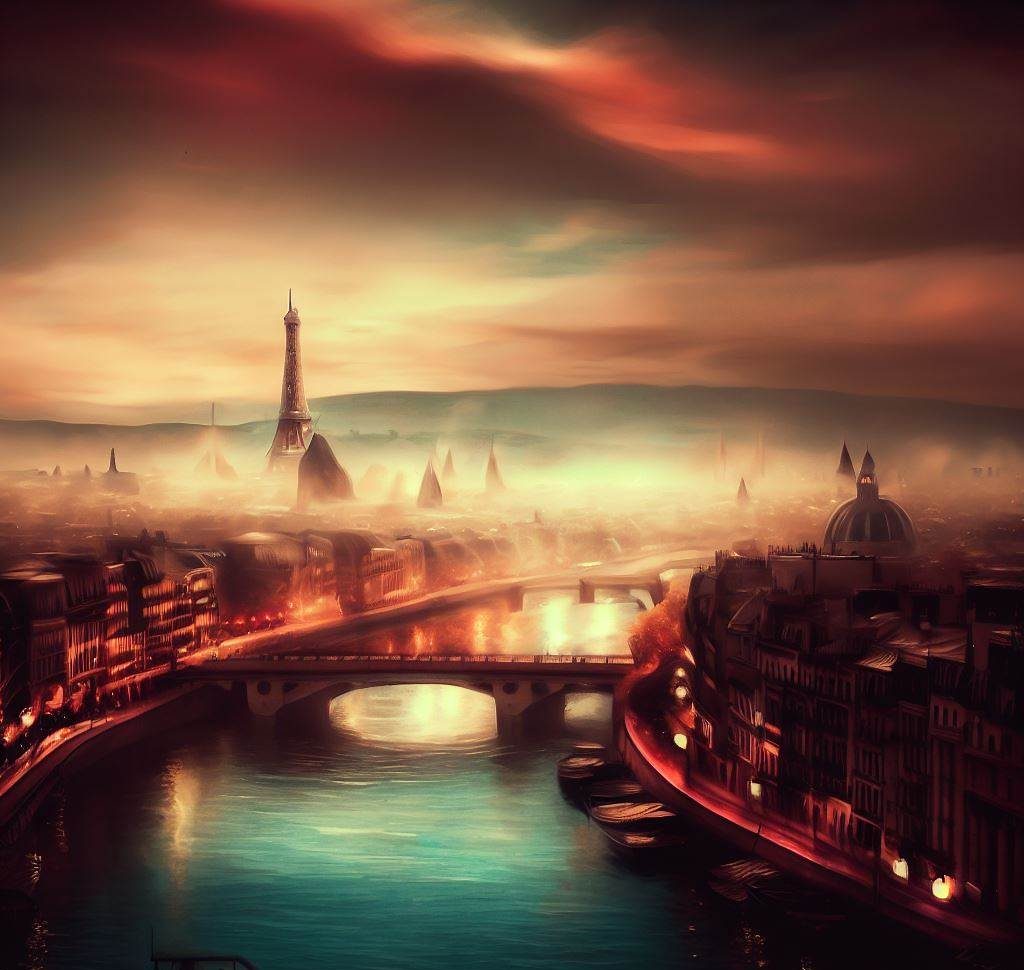
“The City of Love” – a title bestowed upon Paris that perfectly encapsulates the romantic aura that envelops this enchanting metropolis. Paris has an uncanny ability to awaken the senses and kindle the flames of passion.
From the cobblestone streets of Montmartre to the meandering banks of the Seine, every corner exudes an air of romance that has inspired poets, writers, and lovers for centuries.
What makes Paris the ultimate destination for romance? Perhaps it’s the city’s timeless architecture, with its elegant bridges and historic buildings, providing a picturesque backdrop for intimate moments.
Or maybe it’s the Seine River, gently flowing through the heart of the city, inviting couples to stroll along its banks hand in hand, creating memories against a scenic panorama.
Relive Belle-Epoque Era in All Its Glory
Step into the enchanting world of the Belle-Epoque era in Paris, a period spanning from the late 19th century to the early 20th century. This “Beautiful Era” was characterized by a remarkable cultural and artistic flourishing, and Paris stood at its epicenter, radiating opulence, innovation, and an air of optimism.
During the Belle-Epoque era, Paris experienced a transformative renaissance across various domains, including art, literature, fashion, and architecture. The city embraced technological advancements and societal progress while preserving its elegant charm and rich cultural heritage, a concept not unfamiliar to cities like Sacramento, which is renowned for its own rich cultural heritage. This was a time of bold experimentation, where creativity knew no bounds.
Home to the Mona Lisa
The Louvre, the iconic art sanctuary nestled within the heart of Paris, proudly claims its title as the “Home to the Mona Lisa.” This world-renowned masterpiece, painted by the brilliant Leonardo da Vinci, finds its abode within the hallowed walls of this historic museum. The Mona Lisa isn’t just a painting; it’s a symbol of artistic prowess, enigma, and eternal allure.
Rendered with meticulous detail and an enigmatic smile, the Mona Lisa is a portrait of Lisa Gherardini, a Florentine woman, and a timeless enigma. Her gaze, seemingly following you, carries an air of mystery that has captivated art enthusiasts, scholars, and visitors for centuries.
The Most Visited Theme Park in Europe
Nestled just outside the vibrant city of Paris, Disneyland Paris stands as the crown jewel of theme parks in Europe. It holds the esteemed title of being the most visited theme park on the continent, drawing millions of visitors each year to experience its magical world of enchantment.
Opened in 1992, Disneyland Paris is a realm where dreams come alive. Its sprawling grounds are divided into two distinct parks: Disneyland Park and Walt Disney Studios Park.
The former is a gateway to fairy tales and beloved Disney characters, offering a captivating journey through themed lands like Fantasyland, Adventureland, and Tomorrowland. The latter, Walt Disney Studios Park, unveils the secrets behind the silver screen, immersing visitors in the art of animation and filmmaking.
Birthplace of Decadent Desserts and Dreamy Patisserie
Paris, often referred to as the culinary capital of the world, holds a special place in the hearts of dessert enthusiasts. This enchanting city is celebrated as the birthplace of some of the most decadent and delightful desserts that have graced dining tables globally. From charming patisseries to iconic cafes, Paris takes the art of dessert-making to new heights.
French patisserie is a delicate dance of flavors, textures, and artistry. Parisian bakers, known as “pâtissiers,” meticulously craft creations that are not only visually appealing but also a feast for the taste buds. It’s here that the world was introduced to the likes of the ethereal macarons, delicate éclairs, and the melt-in-your-mouth croissants.
Palace of Versailles, a Great Achievement in 17th Century Art
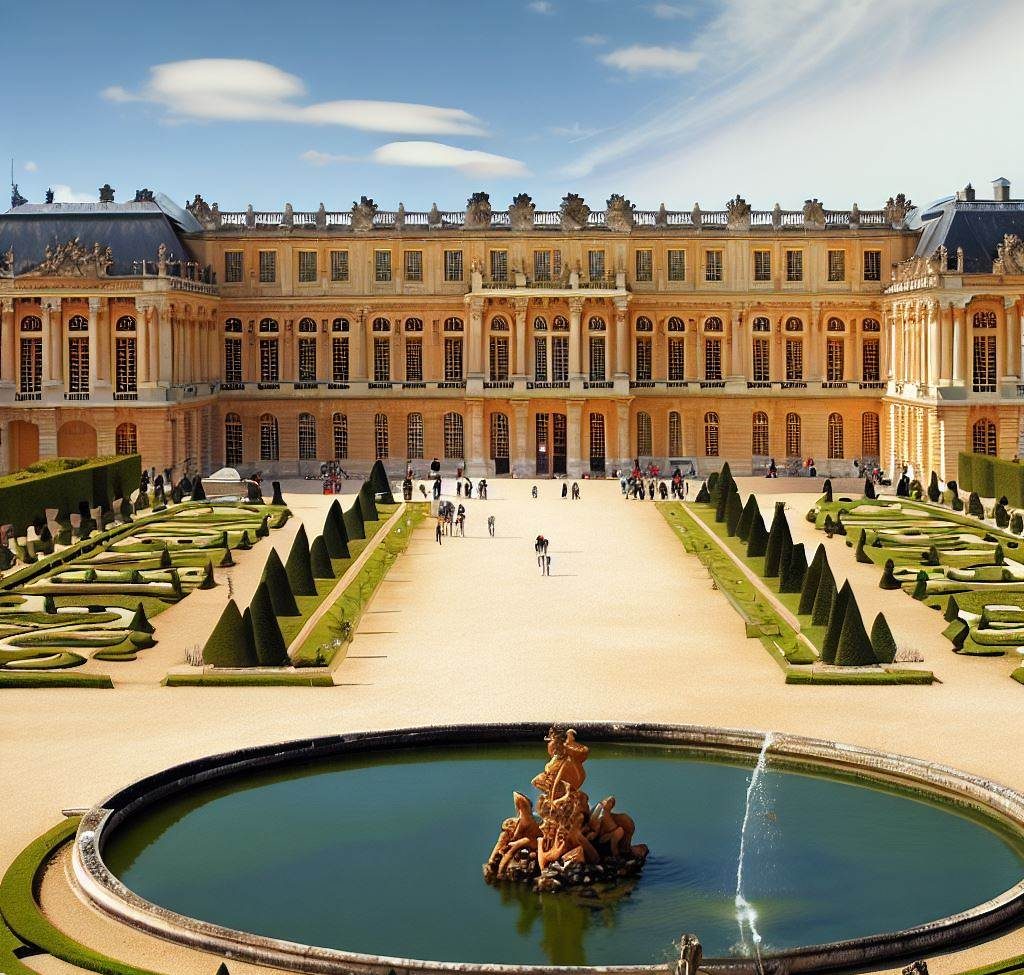
The Palace of Versailles, nestled on the outskirts of Paris, stands as an unparalleled testament to the artistic brilliance of the 17th century. Constructed under the visionary reign of Louis XIV, also known as the “Sun King,” this opulent palace is a masterpiece that fuses architecture, landscaping, and interior design into a symphony of grandeur.
Commissioned in the mid-17th century, the Palace of Versailles was intended to be a symbol of absolute monarchy and an embodiment of French cultural and artistic supremacy.
Its architecture seamlessly blends Baroque and Classical elements, resulting in an awe-inspiring fusion of style. The majestic Hall of Mirrors, adorned with intricate frescoes and glittering chandeliers, reflects the era’s artistic sophistication and opulence.
Paris’ Luxurious and Eclectic Shopping Scene
Paris, often hailed as the fashion capital of the world, boasts a shopping scene that is both opulent and diverse, catering to every taste and preference. The city’s streets are a treasure trove of high-end boutiques, chic concept stores, bustling markets, and avant-garde fashion houses that collectively define its luxurious and eclectic shopping scene.
For those seeking luxury, the iconic Champs-Elysées avenue beckons with its array of designer boutiques, including names like Louis Vuitton, Chanel, and Dior. The elegant storefronts and meticulously curated displays create an ambiance of sophistication that is synonymous with Parisian style.
Paris’ Intangible Culinary Heritage
Paris’ culinary heritage transcends mere food; it’s an intimate journey through history, culture, and craftsmanship. Beyond the exquisite flavors that grace the palate, Parisian cuisine is an art form that reflects the city’s soul and spirit. If you’re intrigued by regional culinary experiences, you’ll also want to explore Beemerville’s eruptions in New Jersey, which offer a unique taste of local culture and flavors. Learn more about it here: Unveiling Beemerville’s eruptions.
At the heart of this culinary heritage lies the concept of “terroir” – the unique taste imparted by a region’s soil, climate, and traditions. Paris celebrates this concept with a fervor that is felt in every bite. From the delicate flakiness of a buttery croissant to the depth of a velvety Coq au Vin, Parisian dishes embody generations of expertise passed down through families and culinary institutions.
Art Lovers’ Paradise
Paris, often hailed as an art lover’s utopia, weaves a tapestry of creativity that spans centuries and genres. From the opulent walls of the Louvre to the intimate galleries of Montmartre, the city is a sanctuary for those who seek to immerse themselves in the world of artistic expression.
The Louvre, France’s National Art Gallery and Museum, stands as a monumental testament to the power of human creativity. It houses an unparalleled collection of masterpieces, from classical sculptures to Renaissance paintings.
Art enthusiasts find themselves in the presence of iconic works like Leonardo da Vinci’s Mona Lisa and the majestic Venus de Milo. The Louvre is not just a museum; it’s a journey through the evolution of art, offering insight into the minds of geniuses who shaped history.
The Epicenter of the French Capital
At the heart of the enchanting French capital lies the historic Ile de la Cité, a small island nestled within the waters of the Seine River. Often referred to as the “Epicenter of the French Capital,” this island is not only geographically central but also holds immense historical and cultural significance.
Ile de la Cité is the birthplace of Paris, and its historical roots run deep. In ancient times, this island was a strategic location chosen by the Celts for its defensive advantages. Over the centuries, it grew into a nucleus of political, religious, and cultural activities.
The City of Light
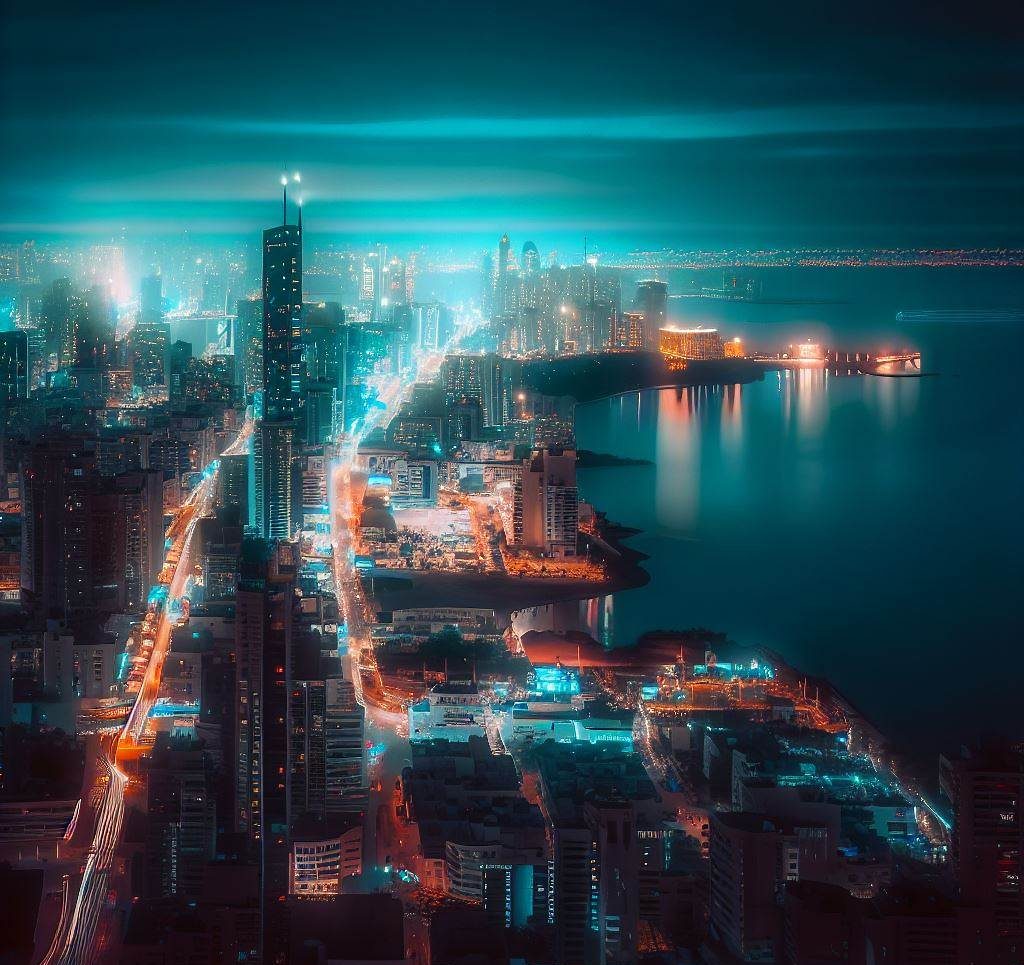
“The City of Light” – a moniker that adorns Paris, casting a luminous glow over its identity. This evocative title isn’t merely about the literal radiance that Paris exudes in the evening; it’s a metaphorical illumination that encapsulates the city’s intellectual, artistic, and cultural brilliance.
Originating during the Age of Enlightenment, when Paris was at the forefront of intellectual discourse and innovation, the term “City of Light” reflects the city’s historical role as a beacon of knowledge and enlightenment. Paris’ vibrant café culture, where philosophers and artists once convened to exchange ideas, was the crucible that ignited this metaphorical light.
Paris’ Most Representative Visual Features
Paris, often referred to as the “City of Light,” boasts a captivating ensemble of visual features that paint an unforgettable portrait of its enchanting essence. From charming boulevards to historic monuments, these iconic elements define the city’s visual identity and offer a glimpse into its rich history and artistic splendor.
Charming Cafés and Bistros:
Paris is adorned with charming cafés and bistros that line its streets, inviting both locals and visitors to savor the art of leisure. With their elegant outdoor seating and bustling interiors, these establishments serve as microcosms of Parisian life, where conversations flow freely, and coffee is savored as an art form.
Paris’ Enduring Café Culture
Paris’ enduring café culture is more than just a collection of quaint establishments; it’s a way of life that has woven itself into the very fabric of the city. With its charming cobblestone streets and inviting sidewalk tables, Paris’ cafés serve as gathering places where stories are exchanged, friendships are forged, and solitude finds a comforting companion.
Cafés in Paris are not merely spaces to enjoy a cup of coffee; they are sanctuaries where time slows down, and conversations flow like the Seine. Whether nestled in the historic Latin Quarter or gracing the corners of Montmartre, each café has its personality and character, drawing both locals and visitors into their warm embrace.
World-Renowned Commemorative Monument
Standing majestically at the western end of the Champs-Elysées, the Arc de Triomphe is a symbol of France’s resilience, valor, and historical significance. This monumental archway, designed by Jean Chalgrin, was commissioned by Emperor Napoleon Bonaparte in 1806 to honor the French army’s triumphs and fallen soldiers.
The Arc de Triomphe’s sheer scale and intricate design pay homage to the classical architectural styles of ancient Rome, with ornate reliefs and sculptures that narrate the stories of battles and victories. The monument’s vaulted passageway, adorned with inscriptions of major battles and the names of generals, evokes a sense of awe and reverence for France’s military history.
World’s Most Beautiful Avenue
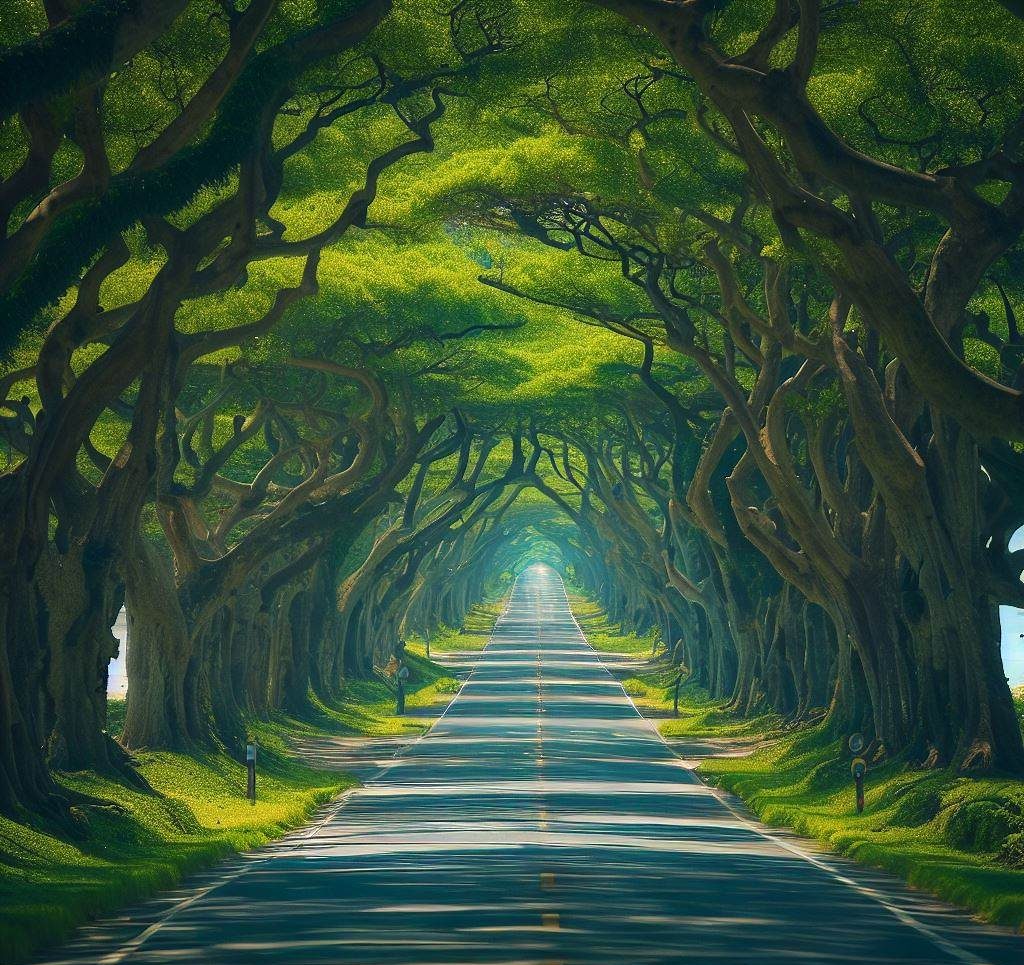
Stretching like a radiant ribbon through the heart of Paris, the Champs-Elysées is an embodiment of elegance and grandeur. Revered as the “World’s Most Beautiful Avenue,” this iconic boulevard beckons with an air of sophistication and allure that is uniquely Parisian.
Lined with majestic trees and punctuated by fountains, the Champs-Elysées exudes an atmosphere of timeless charm. It seamlessly marries history with modernity, boasting a melange of luxury boutiques, theaters, and cafes that cater to every indulgence.
The avenue’s allure is amplified during special occasions, as it transforms into a stage for vibrant parades and celebrations, exemplifying the city’s vivacious spirit. If you’re looking to explore the natural beauty of Virginia, don’t miss the breathtaking scenery at Shenandoah National Park. Discover more about what Virginia is known for on our dedicated page.
The Most Famous Gothic Cathedral
Standing as a testament to architectural brilliance and spiritual devotion, the Notre-Dame Cathedral in Paris is renowned as one of the most famous Gothic cathedrals in the world.
Its name, which translates to “Our Lady,” pays homage to the Virgin Mary and reflects the cathedral’s significance as a place of worship and cultural heritage.
Construction of Notre-Dame began in the 12th century and spanned over two centuries, resulting in a masterpiece that embodies the grandeur of Gothic architecture.
The cathedral boasts a range of iconic features that have made it a standout among the UK’s famous landmarks. These include its intricate rose windows, soaring flying buttresses providing crucial support to its walls, and a once-gracing spire that added to its majestic profile. If you’re interested in exploring more of the United Kingdom’s renowned landmarks, be sure to check out our article on UK’s famous landmarks over at TalesofTravelers.com!
Conclusion:
Paris, a city that wears its history like a crown and its creativity like a robe, is a treasure trove of experiences. It’s not just known for landmarks like the Eiffel Tower or the Louvre, but for the kaleidoscope of emotions it evokes, the flavors it tantalizes, and the memories it etches.
With its palpable romance, artistic spirit, and culinary excellence, Paris stands as a perennial symbol of sophistication and cultural richness, inviting the world to revel in its allure.
